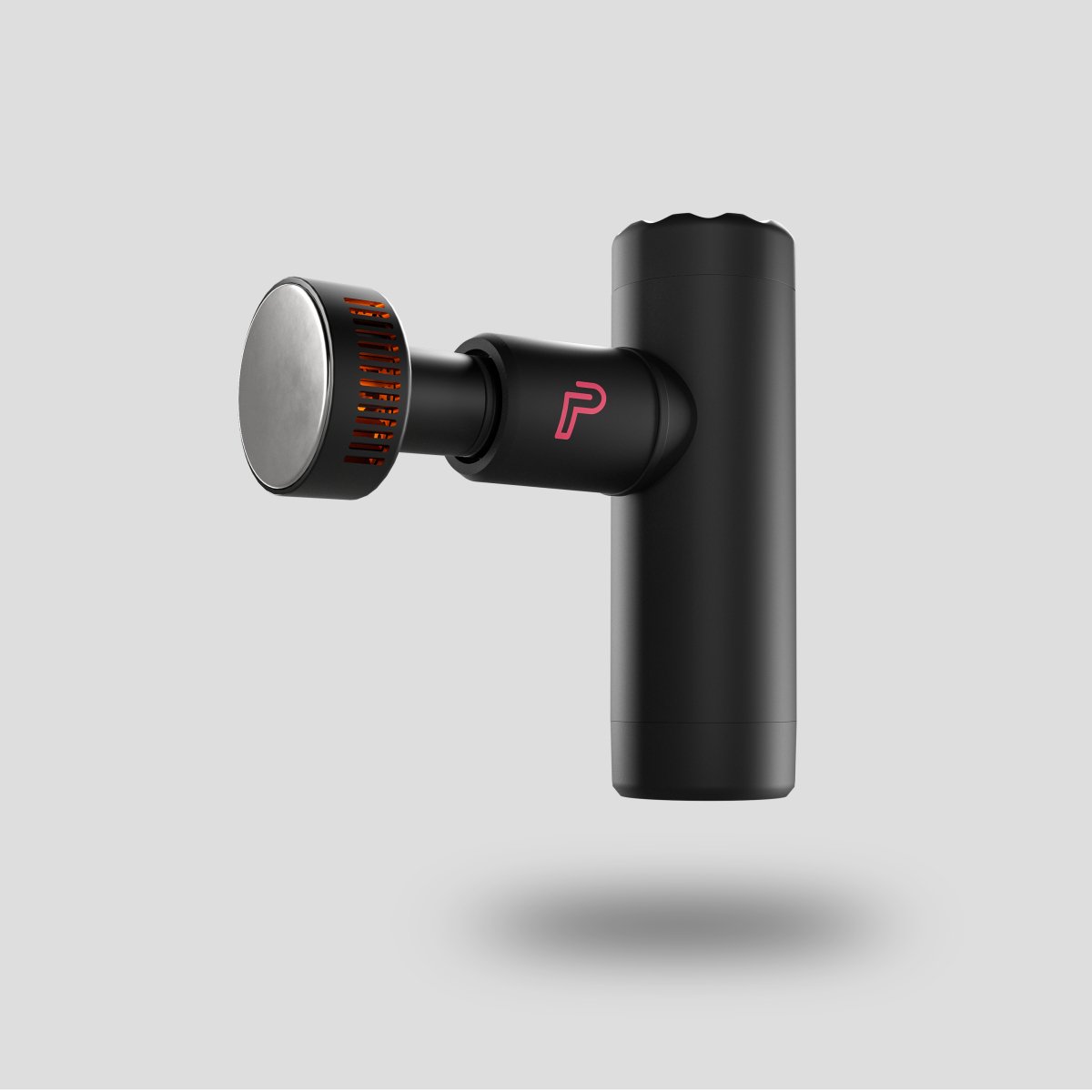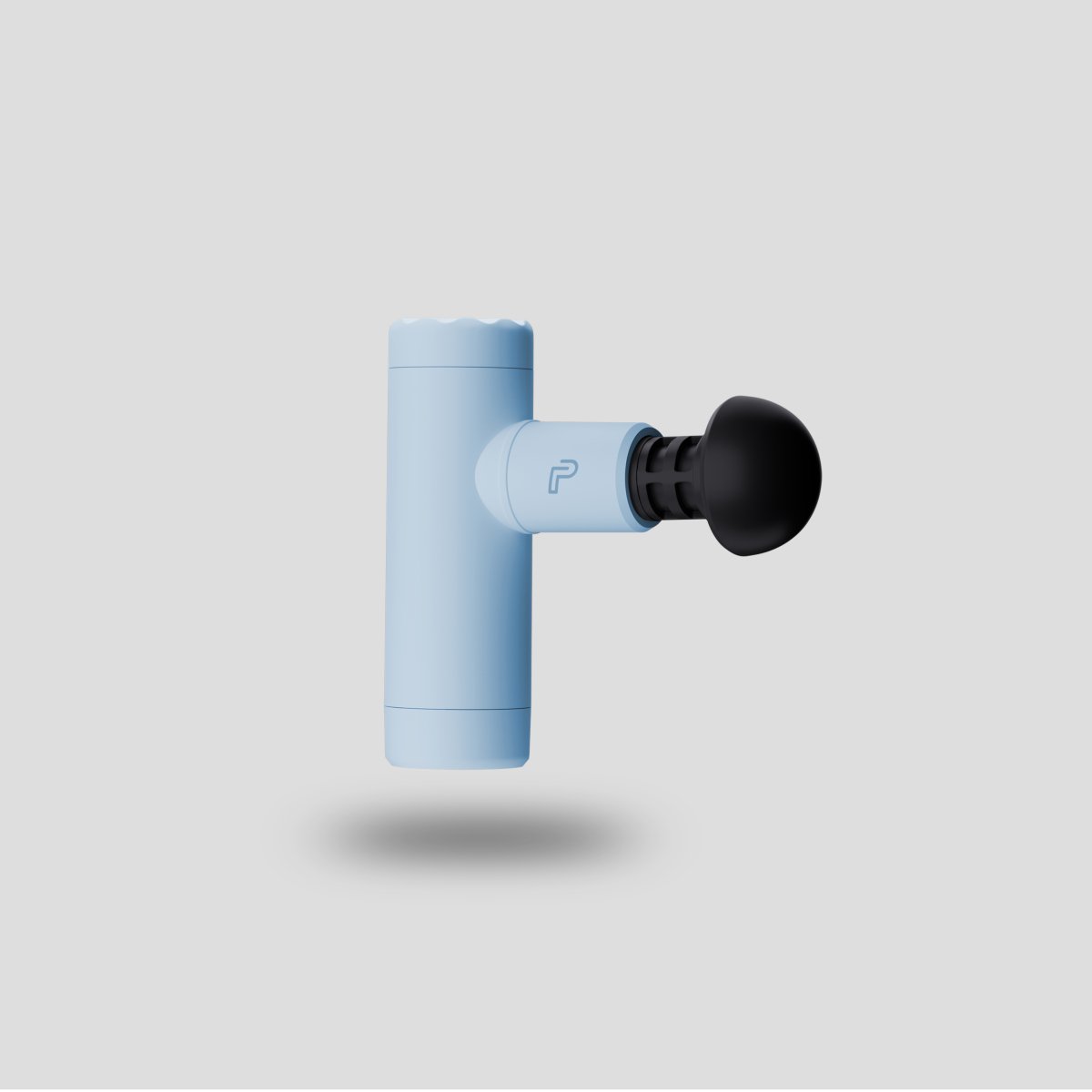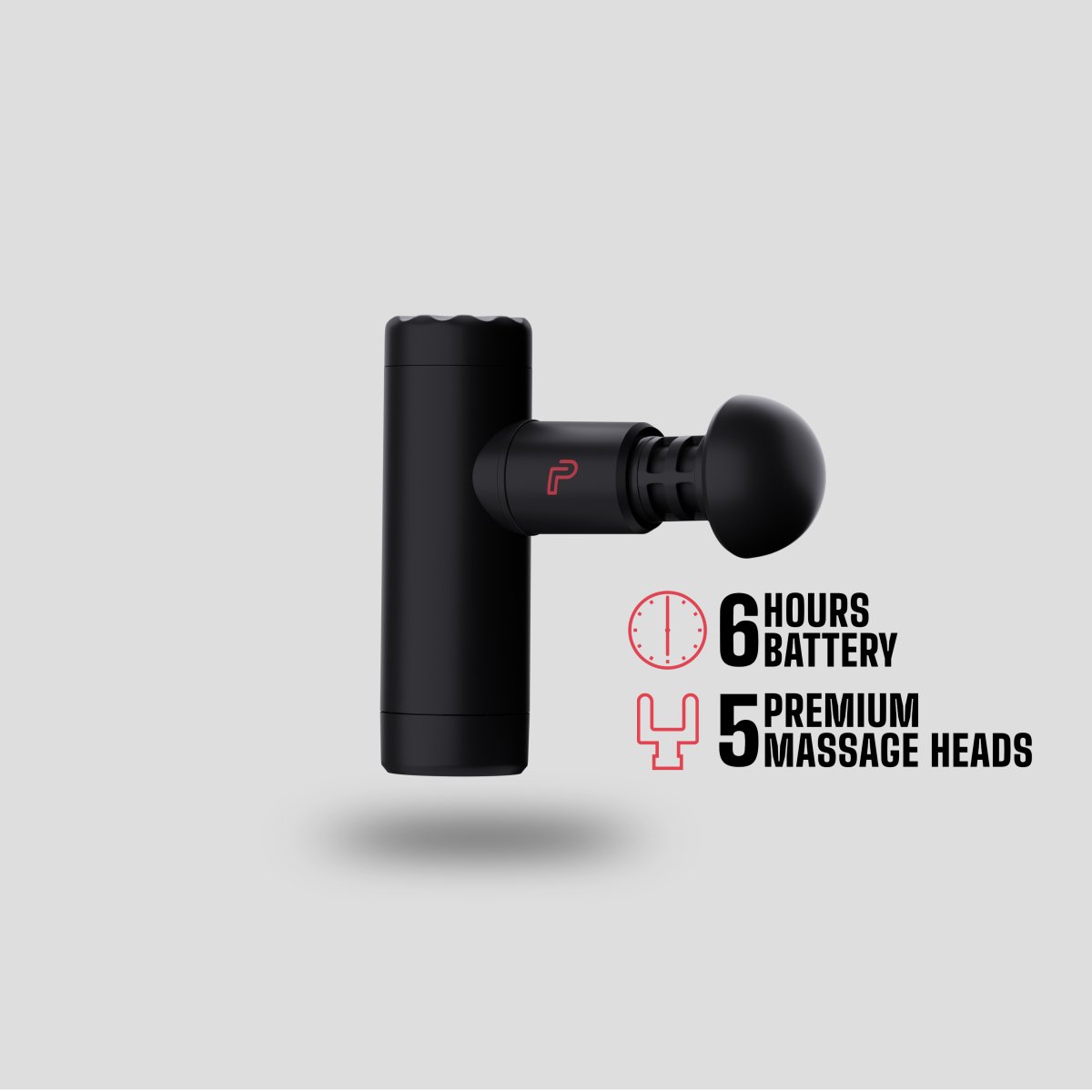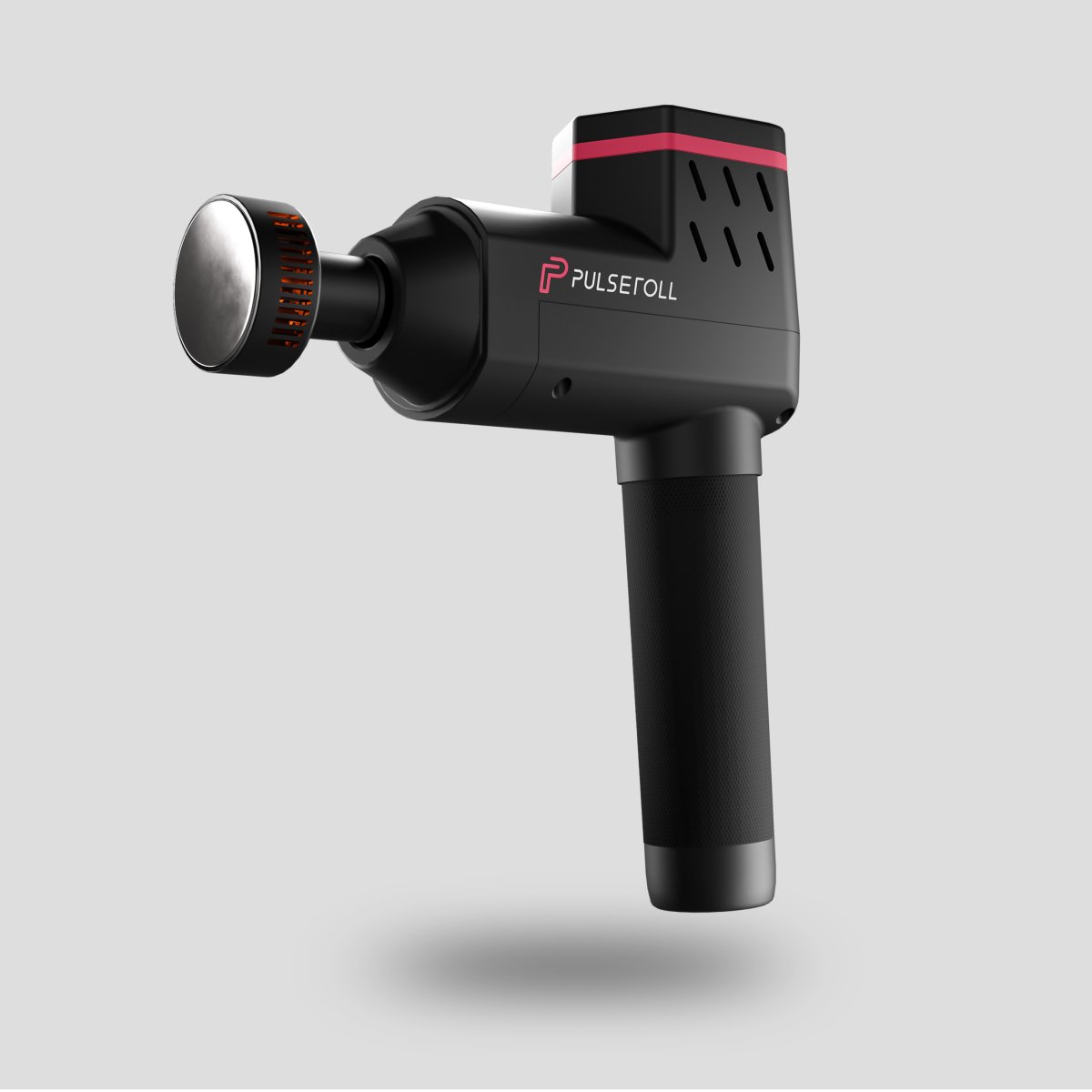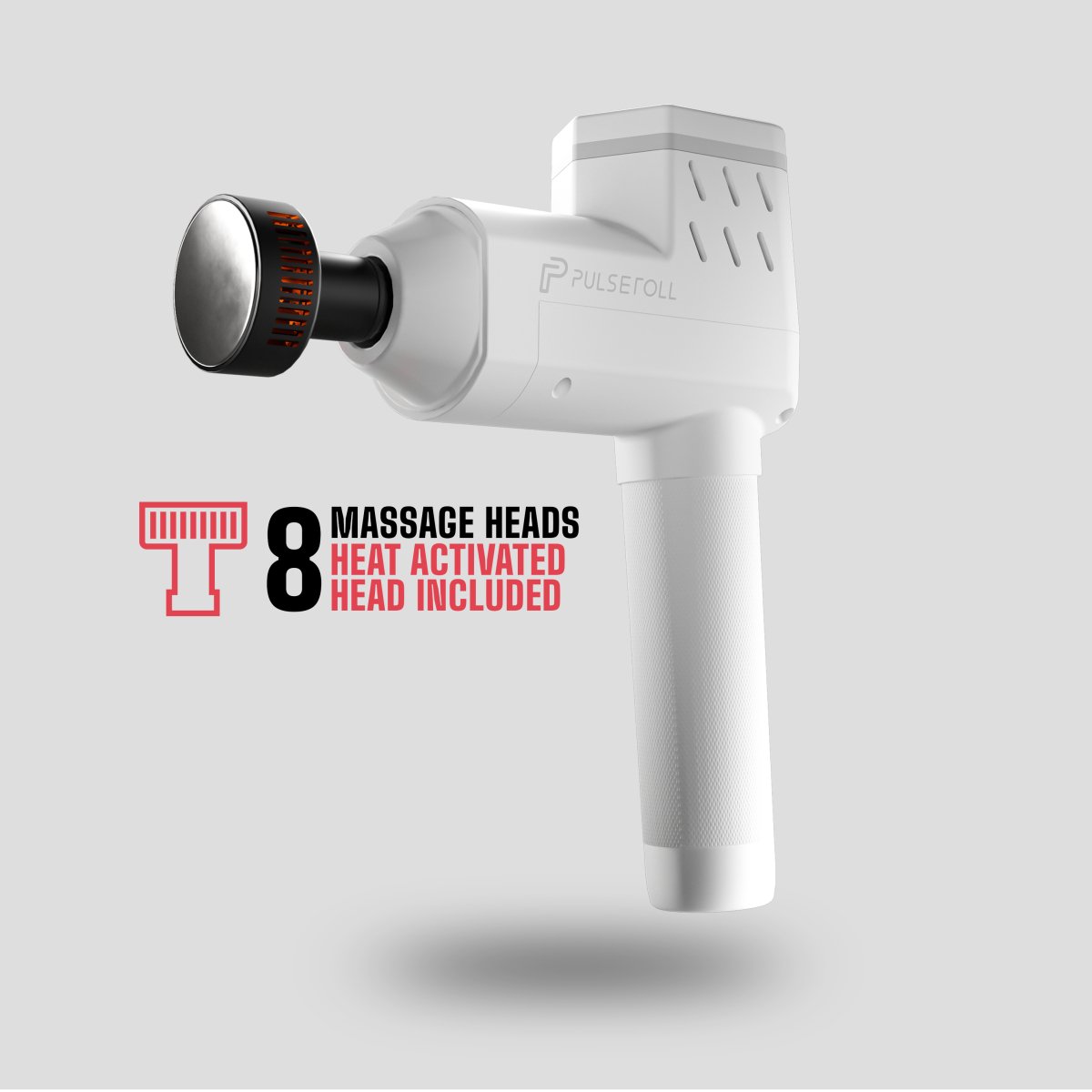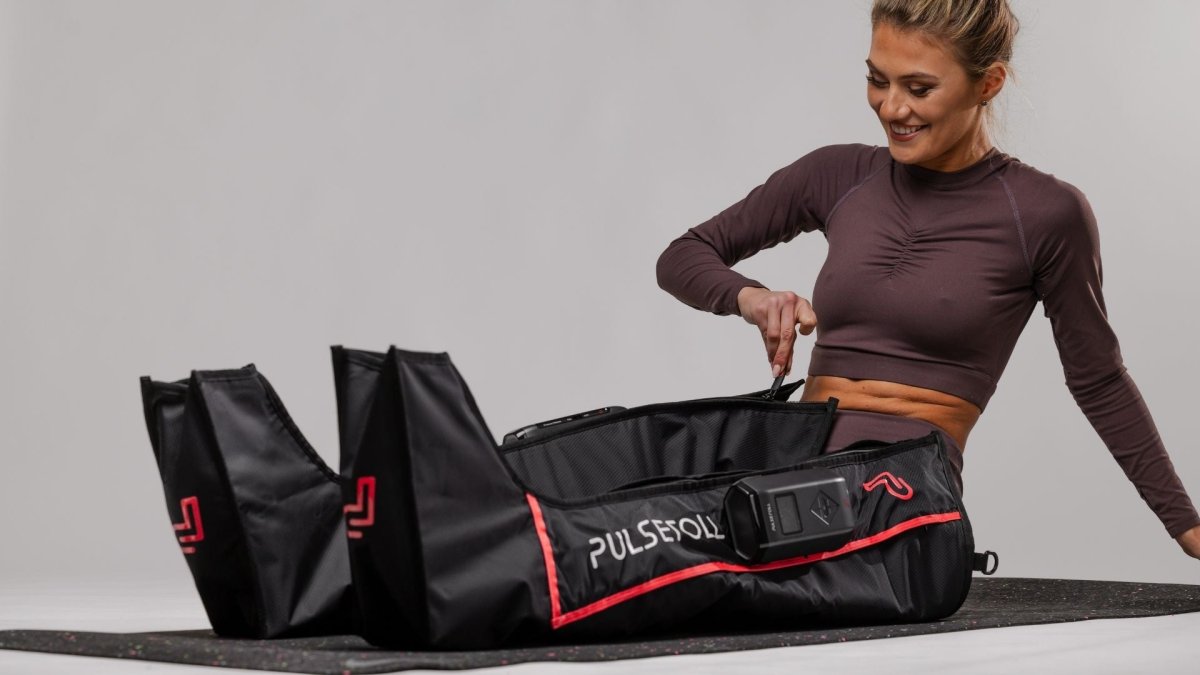Stretching has long since been an integral part of pre- and post-workout routines, whether this be to strengthen the muscles, loosen them, or increase range of motion. Stretching alone, however, isn’t always enough to help you recover from your training sessions, and this is where foam rollers come in.
Foam rolling before exercise acts as an effective warm up. It uses pressure and movement to stimulate blood flow, which loosens the muscles and makes them more flexible.
When a muscle is more flexible, this means it can move a lot more easily, therefore improving your overall performance and providing you with a decreased risk of muscle related injury.
Foam rolling after exercise breaks up any knots and tight spots in the muscle, enhancing your muscle recovery. When we take part in strenuous activity, our muscle tissue can tear and cause pain. Whilst muscles do repair themselves, using muscle recovery equipment speeds up this repair process.
In this article, we'll cover:
- What is a foam roller?
- Why is it important to foam roll?
- Is foam rolling scientifically proven?
- What is a foam roller used for?
- How to use a foam roller
- Frequently asked questions about foam rolling
What is a foam roller?
A foam roller is a cylindrical piece of recovery equipment, made from foam, which is used for self-myofascial release.
Foam rollers vary in density and can have a smooth- or a textured surface - the former being better suited to beginners. Textured foam rollers will offer a deeper massage into the muscle tissues.

Why is it important to foam roll?
Using a foam roller can stimulate blood flow and loosen tight spots, helping to alleviate pain and allowing you to more swiftly recover from exercise-induced muscle soreness. A study of 8 participants, by Pearcey et al1, concluded that foam rolling after exercise may help to reduce DOMS.
Is foam rolling scientifically proven?
There have been various studies into the benefits and effectiveness of foam rolling. Whilst further investigation is warranted, some of these studies, such as the aforementioned of Pearcey et al, have yielded positive results regarding the effects of foam rolling on delayed onset muscle soreness and exercise-induced muscle pain.
A 2015 study by Škarabot et al2 foam rolling to aid improvements in range of motion when combined with static stretching. Similarly, a study by Madoni et al3 in 2018 also found that participants who took part in foam rolling after exercise showed improved range of motion compared to those who did not.
What is a foam roller used for?
Foam rollers are used for self-myofascial release (SMR), a self-massage technique whereby pressure is applied to the body either in order to recover from exercise-induced muscle tightness or pain, or to help prevent its onset. As you foam roll, you target deep muscle knots and help to reduce tissue tension. This self-massage technique offers many benefits.
1. Foam rollers are used to remove muscle knots
Foam rolling is used to target knots, otherwise known as myofascial trigger points, which can be painful. This is especially effective with textured foam rollers.
2. Foam rolling is used to relieve muscle pain
Foam rolling can help to alleviate muscle aches by reducing inflammation. A 2015 study by Pearcey GEP et al4, compared the results of physically active males who used foam rolling for 20 minutes 2-, 24- and 48 hours after exercise to males who did not foam roll. The males who used foam rolling as a recovery technique experienced a reduction in delayed onset muscle soreness compared to the participants who exercised without foam rolling.
3. It can help to reduce time between training sessions
As foam rolling aids in reducing delayed onset muscle soreness, you might find yourself able to train more frequently due to improved recovery times.
4. Foam rollers are used to improve range of motion
Various studies have demonstrated that foam rolling can improve your flexibility and range of motion (ROM). A 2013 study by MacDonald et al5 saw improvements in ROM of 7 to 10 degrees in participants using a foam roller for their knee joint compared to those who did not. This improved range of motion has the additional benefit of promoting better muscular performance.
5. Foam rolling can help to prevent muscular fatigue
In a 2017 study by Fleckenstein et al6, two groups partook in foam rolling, either prior to, or post- exercise-induced fatigue, and the third group did not. The results of the study considered foam rolling an effective technique in preventing and regenerating from muscular fatigue after team-sports.
6. Foam rolling is used to prevent injury
Foam rolling can improve the flow of blood to your muscles, and loosen your muscles making them more flexible. With more flexible muscles, you should be less prone to injury and muscle strain.
How to use a foam roller

Using a foam roller might seem daunting and this may well have prevented you from giving it a try in the past. We’ve put together some top tips to get you started.
Choosing the right foam roller:
When it comes to foam rollers, there are many shapes, sizes and densities to choose from. You should pay particular attention to the size, density and surface texture of the foam roller.
- Size: A smaller foam roller will be better suited to smaller areas such as the arms and calves, whilst longer foam rollers are great for the likes of your back, since they can cover the width of your back. Due to their smaller size, ball-shaped rollers, such as a massage ball, unlike foam rollers, can be used to massage trigger points all over the body.
- Density: It’s important to note that a denser foam roller will be more effective at delivering a deep-tissue massage. If you’re starting out, we recommend choosing a softer foam roller to begin with, and progressing to denser rollers as you become more experienced at using them. Selecting a foam roller which is too dense could cause pain and bruising, whereas selecting one which is too soft might not provide enough pressure.
- Surface texture: Smooth foam rollers mean even pressure across the length of the roller. Textured foam rollers however have the advantage of offering a deeper, better targeted pressure.

Getting started
- Rest your muscle against the foam roller.
- Roll from the less painful area towards the sore area.
- Where required, use your hands or arms for additional support.
- Roll each targeted muscle for around 1 to 2 minutes.
- Hold any tight spots for 30 seconds.
For more tips regarding how to best use a foam roller, head over to our article, Step by step guide to using a foam roller.
Foam rolling mistakes
- Tensing your muscles: When foam rolling, ideally, your muscles should be relaxed.
- Rolling too quickly: It’s more effective to foam roll at a slow and steady pace.
- Overuse: You should only need to use a foam roller once a day per targeted muscle group.
- Foam rolling the wrong areas: You should not foam roll your bones, joints, IT band, the middle of your lower back or directly over the spine.
- Foam rolling directly onto an injured area: When foam rolling, you shouldn’t roll directly onto the injured area. Doing so can cause increased inflammation and tension, which can be counter-productive to recovery.
- Using the wrong amount of pressure: Rolling too gently may not make much of an impact and you might not feel the full benefit. Conversely, rolling too hard could increase pain.
We also recommend taking a look at the handy video guides on the rest of our blog, which demonstrate how to target specific muscles.
Frequently asked questions about foam rolling
Can foam rolling break up fat?
As foam rolling improves blood flow by applying pressure to targeted areas of the body, fresh blood is pumped into the muscle and helps to flush out congestion, thus smoothing out the appearance of cellulite. This does not mean that foam rolling removes fat.
Is foam rolling better than stretching?
No doubt, by now, you’re starting to understand the benefits of foam rolling for your pre- and exercise routines. You might be asking yourself whether it’s worthwhile getting a foam roller, when you can just stretch out your muscles after a rigorous session. However, where stretching more specifically looks to gradually improve the elasticity of muscles, thus helping you to prevent injury, it doesn’t do the same thing as foam rolling. Foam rolling has been shown to remove muscle knots, reduce exercise-induced muscle pain, improve range of motion and prevent muscular fatigue. In turn, these benefits can help to reduce your chances of injury.
Is it ok to foam roll every day?
Whilst foam rolling offers many benefits, it’s important not to over-use this technique, as this could be detrimental to your recovery. It’s enough to foam roll once a day per muscle group, but you shouldn’t be using a foam roller multiple times in one day.
Who should not use a foam roller?
If you are pregnant or if you have a serious injury, we would recommend you first consult your doctor prior to using a foam roller. We would recommend that you consult a doctor or medical professional before using vibrational therapy equipment such as a vibrating foam roller if you are pregnant, have a pacemaker, are undergoing chemotherapy treatment, or have any health condition you believe could be affected by the use of vibrational therapy equipment.
What type of foam roll is the best?
Finding the best foam roller for you depends greatly upon your own individual requirements.
- Best foam roller for beginners: If you’re just starting out with a foam roller, we recommend a smooth, low-density foam roller until you’re more familiar with them. You can work your way up to denser foam rollers as your technique improves.
- Best foam roller for your back: Owing to their size, longer foam rollers are better suited to your back, as they are able to cover its entire width.

- For runners - the best lower-body foam roller: The peanut roller is ideal for a range of muscles. Though it can be used for almost any part of the body, it works especially well on the glutes, calf muscles and under the feet due to its innovative shape and compact size.
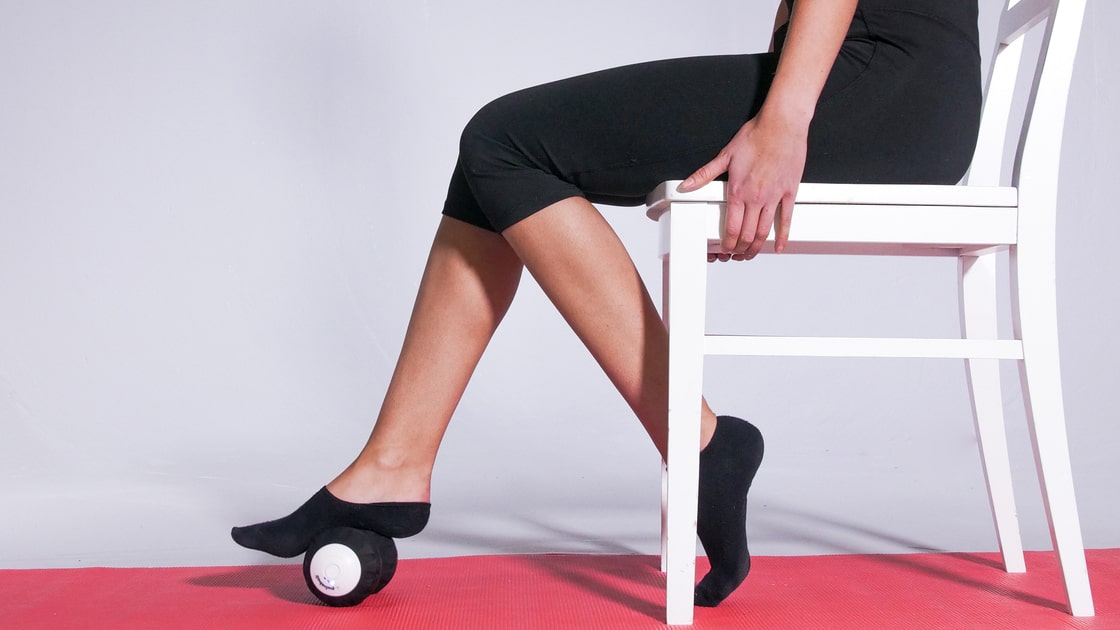
Conclusion
The foam roller is a useful tool for self-myofascial release. It can be used as a preventative measure prior to exercise to help loosen your muscles, or for recovery post-exercise.
Amongst the benefits are improved range of motion, reduced post-exercise muscle pain, and prevention of muscular fatigue. To fully reap the rewards of foam rolling, we recommend using this technique alongside stretching, and using a foam roller no more than once per day for each muscle group.
See our selection of the Best Full Body Foam Roller Exercises!
References:
1 - Gregory E P et al. “Foam rolling for delayed-onset muscle soreness and recovery of dynamic performance measures.” Journal of athletic training vol. 50,1 (2015): 5-13. doi:10.4085/1062-6050-50.1.01
2 - Škarabot J, Beardsley C, Štirn I. Comparing the effects of self-myofascial release with static stretching on ankle range-of-motion in adolescent athletes. Int J Sports Phys Ther. 2015 Apr;10(2):203-12. PMID: 25883869; PMCID: PMC4387728.
3 - Madoni, Samantha N.;Pearcey Costa, Pablo B.; Coburn, Jared W.; Galpin, Andrew J. Effects of Foam Rolling on Range of Motion, Peak Torque, Muscle Activation, and the Hamstrings-to-Quadriceps Strength Ratios, Journal of Strength and Conditioning Research: July 2018 – Volume 32 – Issue 7 – p 1821-1830 doi: 10.1519/JSC.0000000000002
4 - Pearcey GEP, et al. (2015). Foam rolling for delayed-onset muscle soreness and recovery of dynamic performance measures. DOI: 10.4085/1062-6050-50.1.01
5 - MacDonald et al. 2013. An Acute Bout of Self Myofascial Release Increases Range of Motion Without a Subsequent Decrease in Muscle Activation or Force. J Strength Condition Res 27(3):812-821
6 - Fleckenstein J, Wilke J, Vogt L, Banzer W. Preventive and Regenerative Foam Rolling are Equally Effective in Reducing Fatigue-Related Impairments of Muscle Function following Exercise. J Sports Sci Med. 2017;16(4):474-479. Published 2017 Dec 1.






